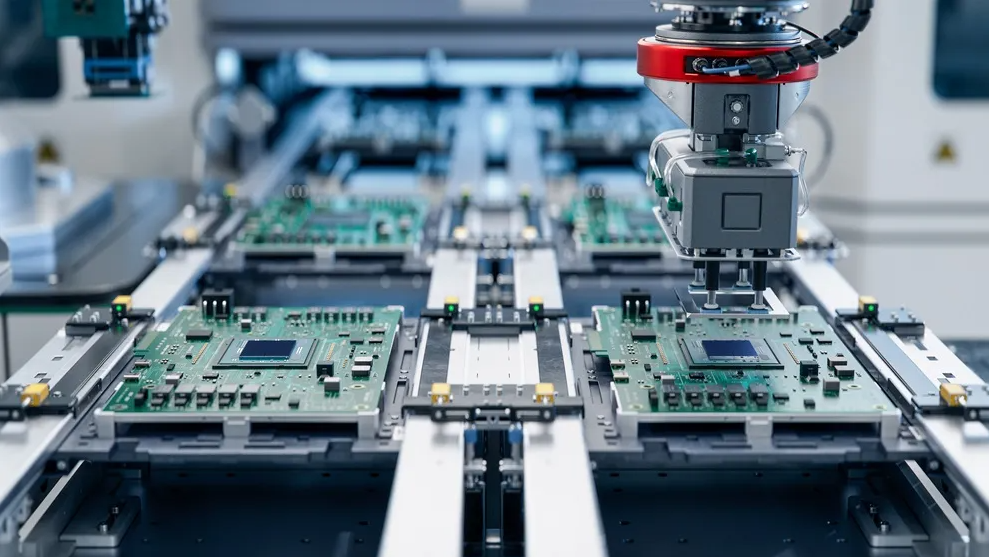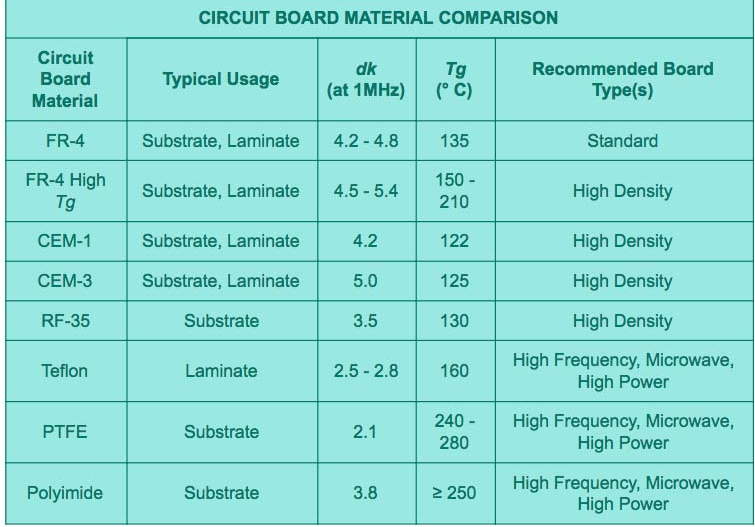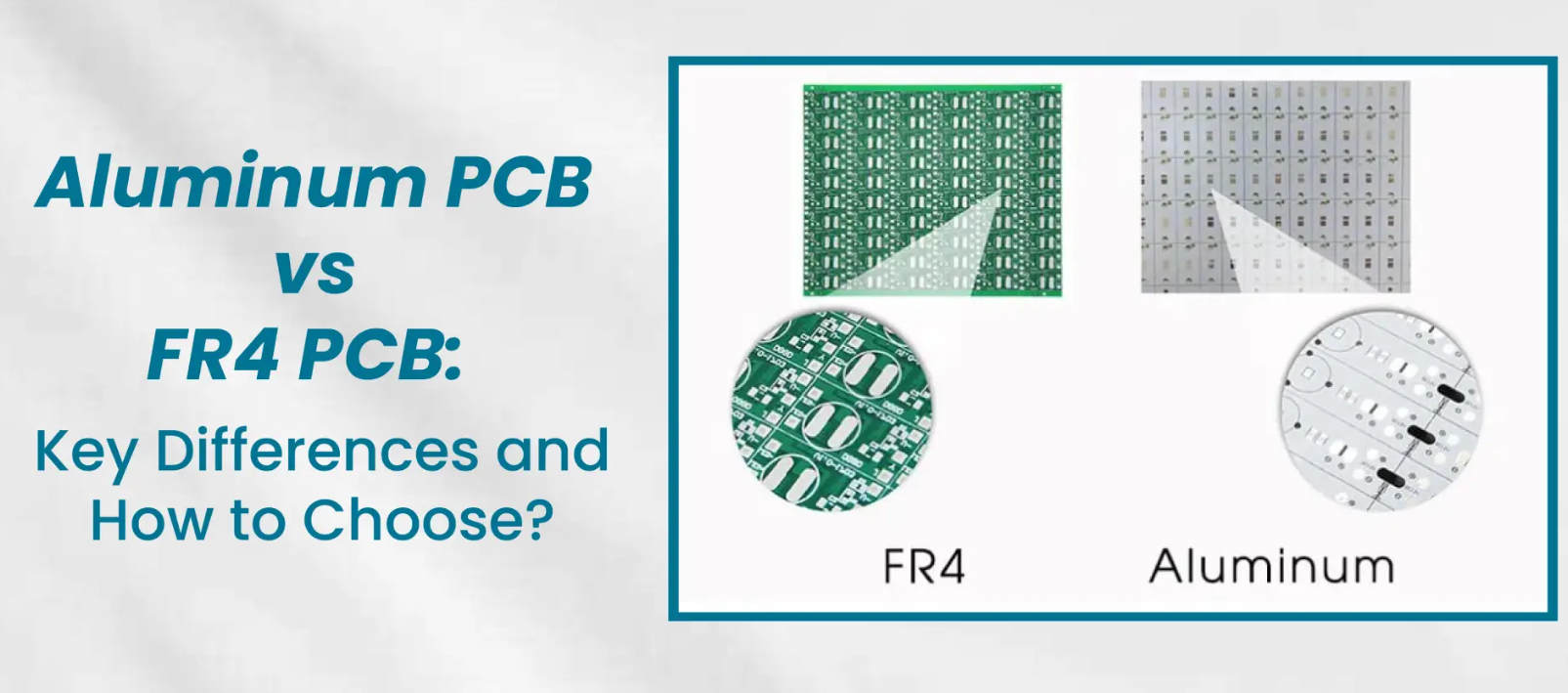Choosing the right PCB materials for industrial automation applications is crucial for ensuring reliability, durability, and performance in demanding environments. Industrial automation systems often operate under harsh conditions, including high temperatures, chemical exposure, and mechanical stress. The materials used in printed circuit boards (PCBs) must withstand these challenges while maintaining electrical integrity. In this comprehensive guide, we’ll explore key considerations for selecting PCB materials tailored for industrial use, focusing on properties like high-temperature resistance, chemical durability, and comparisons between popular options like FR-4 and other advanced laminates.
Whether you're designing PCBs for factory control systems, robotics, or heavy machinery, understanding material properties can make all the difference. Let’s dive into the essential factors for choosing PCB base materials for industrial control and automation.
Why PCB Material Selection Matters for Industrial Automation
In industrial automation, PCBs are the backbone of control systems, sensors, and communication devices. These applications demand materials that can handle extreme conditions without failing. A poor material choice can lead to circuit failure, signal loss, or even safety hazards. For instance, a PCB in a factory robot exposed to heat and vibration needs a high glass transition temperature (Tg) and low coefficient of thermal expansion (CTE) to prevent warping or delamination.
Selecting the right PCB material ensures longevity, reduces maintenance costs, and improves system reliability. With the right choice, you can avoid issues like thermal breakdown or chemical corrosion, which are common in industrial settings. Let’s break down the critical material properties to consider for industrial use.

Key PCB Material Properties for Industrial Use
When evaluating PCB materials for industrial applications, several properties play a vital role in determining performance. Below, we’ll discuss the most important characteristics to prioritize for industrial automation.
1. Thermal Stability and High-Temperature Resistance
Industrial automation equipment often operates in environments with elevated temperatures, such as near machinery or in outdoor settings. High-temperature PCB materials for automation must have a high Tg, which indicates the temperature at which the material transitions from a rigid to a rubbery state. For example, standard FR-4 materials typically have a Tg of around 130-140°C, which may not suffice for extreme conditions. Advanced materials like high-Tg FR-4 (Tg of 170-180°C) or polyimide (Tg above 250°C) are better suited for temperatures exceeding 150°C.
Additionally, thermal conductivity (TC) is critical for dissipating heat. Materials with higher TC, such as metal-core PCBs (often aluminum-based with TC of 1-2 W/mK compared to FR-4’s 0.3 W/mK), prevent overheating in power-intensive applications like motor controllers.
2. Chemical Resistance of PCB Laminates
Industrial environments frequently expose PCBs to chemicals like oils, solvents, and cleaning agents. Chemical resistance of PCB laminates ensures that the board doesn’t degrade or lose functionality over time. Materials like polytetrafluoroethylene (PTFE) offer excellent resistance to corrosive substances, making them ideal for harsh chemical exposure. In contrast, standard epoxy-based laminates like FR-4 may absorb moisture or degrade when exposed to aggressive chemicals, leading to short circuits or material breakdown.
For applications in chemical plants or marine automation, consider laminates with protective coatings or inherently resistant substrates to extend the PCB’s lifespan.
3. Mechanical Strength and Durability
Industrial automation systems often face vibration, shock, and mechanical stress. PCB materials must have high tensile and shear strength to avoid cracking or delamination. FR-4, made from woven glass and epoxy, provides decent mechanical stability with a tensile strength of about 310 MPa. However, for more rugged applications, materials like G-10 (another glass-epoxy laminate) or ceramic-filled substrates offer superior durability under physical stress.
4. Electrical Performance
Electrical properties such as dielectric constant (Dk) and dissipation factor (Df) are crucial for maintaining signal integrity in automation systems. A lower Dk (e.g., PTFE at 2.1 compared to FR-4 at 4.5) supports high-frequency signals, which are common in modern industrial communication protocols. Similarly, a lower Df reduces signal loss, ensuring reliable data transmission in control systems.

Choosing PCB Base Materials for Industrial Control
Selecting the right base material for industrial control PCBs involves balancing performance, cost, and environmental requirements. Below are key steps to guide your decision-making process:
Step 1: Assess Operating Conditions
Start by evaluating the environment where the PCB will operate. Will it face high temperatures, humidity, or chemical exposure? For instance, a PCB in a steel mill control system needs high-temperature resistance (Tg > 170°C) and low CTE (below 15 ppm/°C) to handle thermal cycling. Mapping out these conditions helps narrow down material options.
Step 2: Define Electrical Requirements
Determine the electrical demands of your application. High-frequency industrial communication systems, such as those using 5G for IoT integration, require low-loss materials with Dk below 3.0. On the other hand, power control systems prioritize thermal management over signal speed, favoring metal-core or ceramic substrates.
Step 3: Consider Cost and Availability
While advanced materials like polyimide or PTFE offer superior performance, they come at a higher cost. Standard FR-4 is often a budget-friendly choice for less demanding applications, with a cost per square foot roughly 30-50% lower than specialty laminates. Balance performance needs with budget constraints to optimize your selection.
Step 4: Test for Compatibility
Before finalizing a material, prototype and test the PCB under real-world conditions. This step ensures that the chosen material withstands the specific stresses of your industrial automation application, avoiding costly redesigns later.
Comparing FR-4 vs. Other PCB Materials for Industrial Automation
FR-4 is the most widely used PCB material due to its affordability and versatility, but how does it stack up against other options for industrial automation? Let’s compare FR-4 with alternatives like high-Tg FR-4, polyimide, PTFE, and metal-core substrates.
FR-4: The Standard Choice
FR-4, composed of woven glass and epoxy resin, is flame-retardant and offers a good balance of electrical and mechanical properties. With a Tg of 130-140°C, Dk of 4.5, and low cost, it suits many industrial control applications. However, its limitations include poor performance at high frequencies (Df of 0.02) and limited thermal resistance for extreme heat.
High-Tg FR-4: Enhanced Thermal Performance
For applications requiring better heat resistance, high-Tg FR-4 (Tg of 170-180°C) is a step up. It maintains the cost-effectiveness of standard FR-4 while offering improved stability in thermal cycling, making it suitable for moderate high-temperature automation tasks. However, its electrical properties remain similar to standard FR-4, limiting its use in high-frequency systems.
Polyimide: Extreme Heat and Flexibility
Polyimide materials excel in high-temperature environments, with a Tg exceeding 250°C and excellent chemical resistance. They are also flexible, ideal for compact industrial designs. However, their Dk (around 3.5) is still higher than ideal for high-frequency applications, and they cost significantly more than FR-4—often 2-3 times the price per unit area.
PTFE: High-Frequency and Chemical Resistance
PTFE-based laminates are top choices for high-frequency industrial automation systems due to their low Dk (2.1) and Df (0.0003). They also resist chemicals and moisture, perfect for harsh environments. The trade-off is their high cost and lower mechanical strength compared to FR-4 or polyimide, making them less ideal for vibration-heavy applications.
Metal-Core PCBs: Superior Heat Dissipation
Metal-core PCBs, often aluminum-based, are designed for heat-intensive applications like power controllers in automation. With a TC of 1-2 W/mK, they dissipate heat far better than FR-4. However, they are heavier, more expensive, and not suited for high-frequency signals due to their higher Dk.

Special Considerations for High-Temperature PCB Materials in Automation
High-temperature environments are common in industrial automation, from automotive manufacturing to energy plants. When selecting high-temperature PCB materials for automation, focus on these factors:
- Thermal Cycling Resistance: Materials must withstand repeated heating and cooling without cracking. Look for low CTE values (e.g., polyimide at 12-14 ppm/°C vs. FR-4 at 14-18 ppm/°C).
- Long-Term Reliability: High-Tg materials prevent degradation over time, ensuring consistent performance in 24/7 operations.
- Heat Dissipation: Pair high-Tg substrates with heat sinks or metal-core designs for applications exceeding 150°C.
For extreme cases, such as oil and gas exploration equipment, ceramic substrates like alumina (Tg > 300°C) provide unmatched thermal stability, though at a premium cost.
How to Optimize PCB Design with Material Selection
Beyond choosing the right material, optimizing your PCB design enhances performance in industrial automation. Consider these tips:
- Layer Stack-Up: Use multi-layer designs with low-loss materials for high-frequency signals to minimize interference.
- Trace Width and Spacing: Adjust trace dimensions based on material Dk to control impedance, especially for data-heavy automation systems.
- Protective Coatings: Apply conformal coatings to boost chemical and moisture resistance, extending the life of even standard FR-4 boards in harsh settings.
Conclusion: Making the Right Choice for Industrial Automation PCBs
Selecting the right PCB materials for industrial automation applications is a critical decision that impacts performance, reliability, and cost. By focusing on key properties like thermal stability, chemical resistance, and electrical performance, you can choose materials that meet the unique demands of your environment. Whether you opt for the cost-effective versatility of FR-4, the high-temperature resilience of polyimide, or the signal integrity of PTFE, understanding your application’s needs is the first step to success.
At ALLPCB, we’re committed to helping you navigate these choices with expert guidance and high-quality manufacturing solutions. By prioritizing the right materials and design strategies, you can build robust PCBs that power industrial automation systems effectively for years to come.
 ALLPCB
ALLPCB







